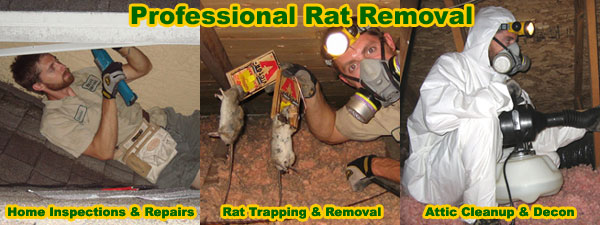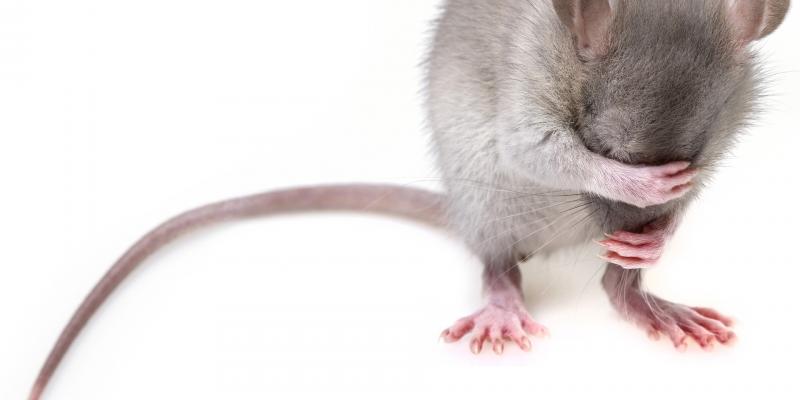The Definitive Guide for Rats - Orkin


Rat Exterminator Sacramento: Get Rodent Control Now
The Single Strategy To Use For Rat Removal and Control
Appearance, Norway Rats are frequently called brown or drain rats. They are big, bulked-up looking rats that can grow to lengths of about 13-16 inches when measured from their nose to the idea of their tail. Coloration is mostly gray on their underside and reddish or grayish-brown to black on the top of their body.
With blunt snouts, Norway rat adults weigh about 7-18 ounces. Roof Rats are frequently called black rats and are smaller than Norway rats. Adults vary in weight from about 5-10 ounces. Their tails are longer than the rest of their body and are consistently dark colored. The underside of the roofing system rat's body is grayish to white.

How to Get Rid of Rats - Terminix
Habits, Roofing system rats are adept climbers and not surprisingly are apt to develop their nests in places above ground. However, they might often also develop nests in burrows. You Can Try This Source are primarily active during the night. Researchers have noted that the roofing system rat's long tail is adjusted to improve their ability to climb up and functions to helps them in balancing.

Some Known Factual Statements About Mice and Rat Removal - Las Vegas NV - JS Pest Control
Roofing rats are not achieved swimmers and are not generally discovered in sewage systems. Norway rats are normally active at dusk or during the night and are inactive during daylight hours. Nevertheless, when a Norway rat population grows so big that competitors from other rats for food, water and harborage boosts, some members of the rat community may seek to find brand-new areas to colonize throughout the daytime.

Myrtle Beach Rodent Control - Mice & Rat Removal Services - Metro
Norway rats can climb up, but not in addition to roof rats, and are strong swimmers. Diet, Roofing rats are omnivores and will feed upon lots of types of plant life such as fruits, grains, seeds and grocery produce. Likewise, roof rats are likely to consume pests. Similar to Norway rats, roof rats damage even more foodstuffs by contamination from feces and urine than from usage.
Likewise, Norway rats may prey upon fish, poultry, mice, birds, little reptiles and amphibians. They might eat greenery, however prefer to meat or meat-related wastes. Check out more about what rats consume. Environment, As discussed above, roofing system rats choose aboveground nesting locations in shrubs, trees, and dense greenery. Roof rats entering homes are typically discovered in raised or protected enclosures such as walls, cabinets, attics, and false ceilings.
